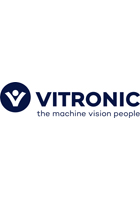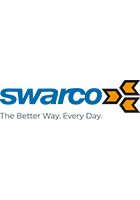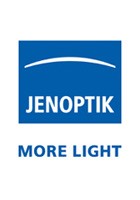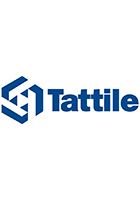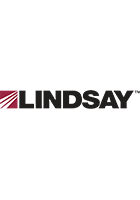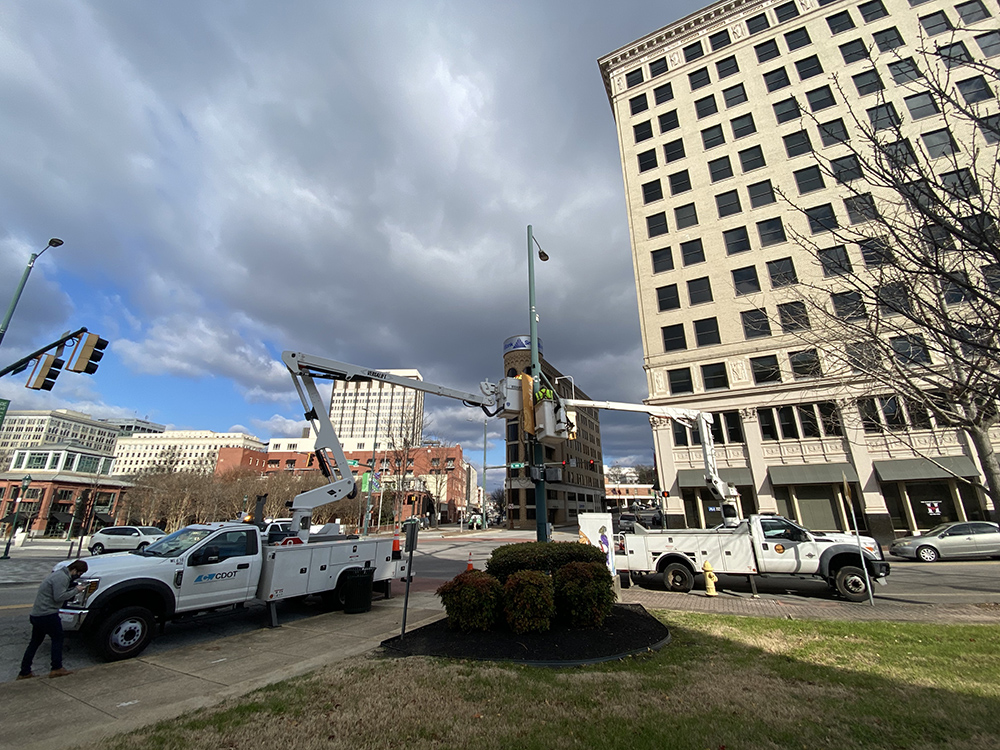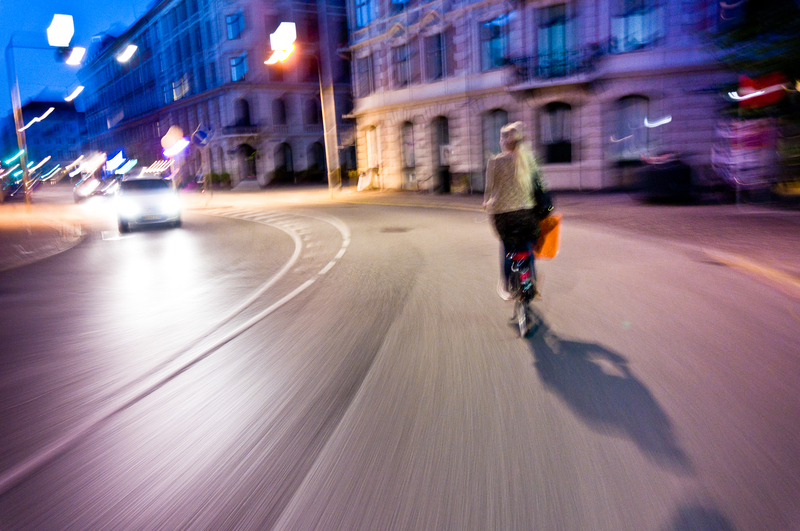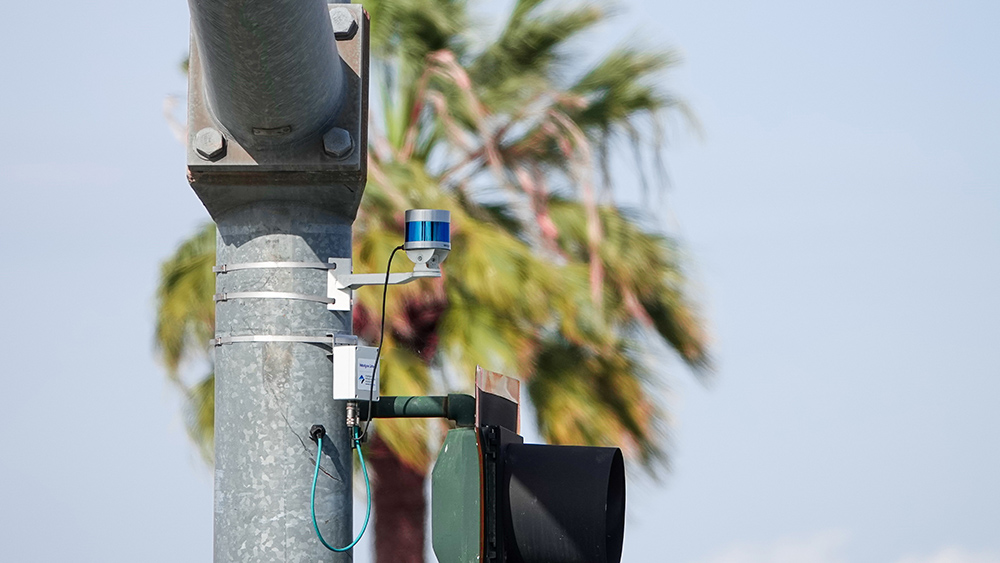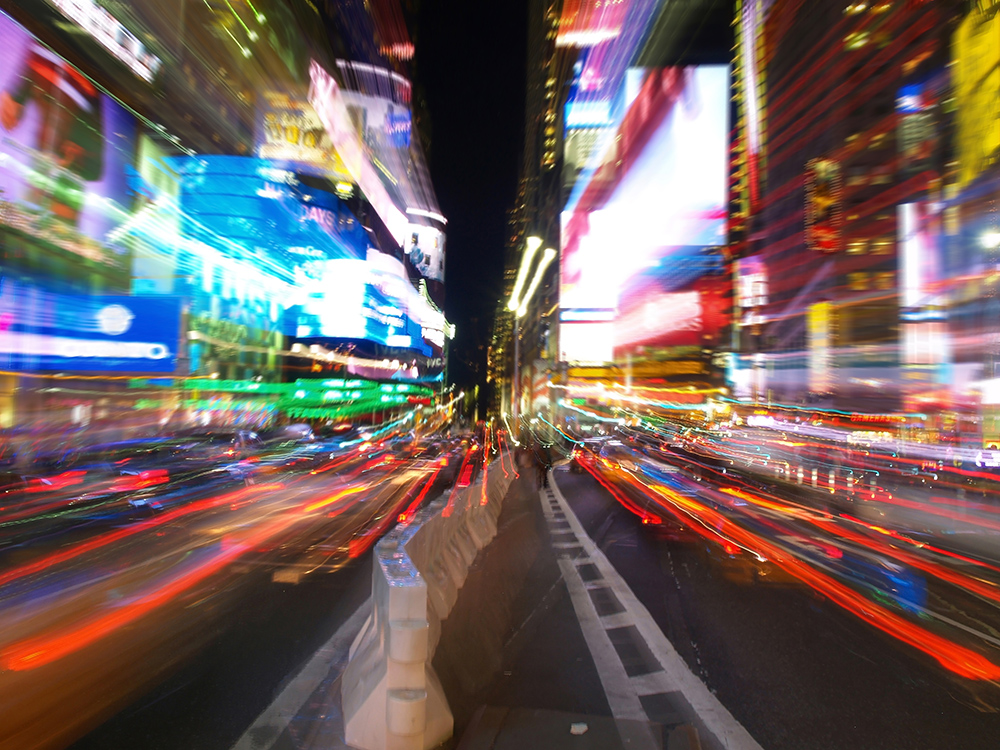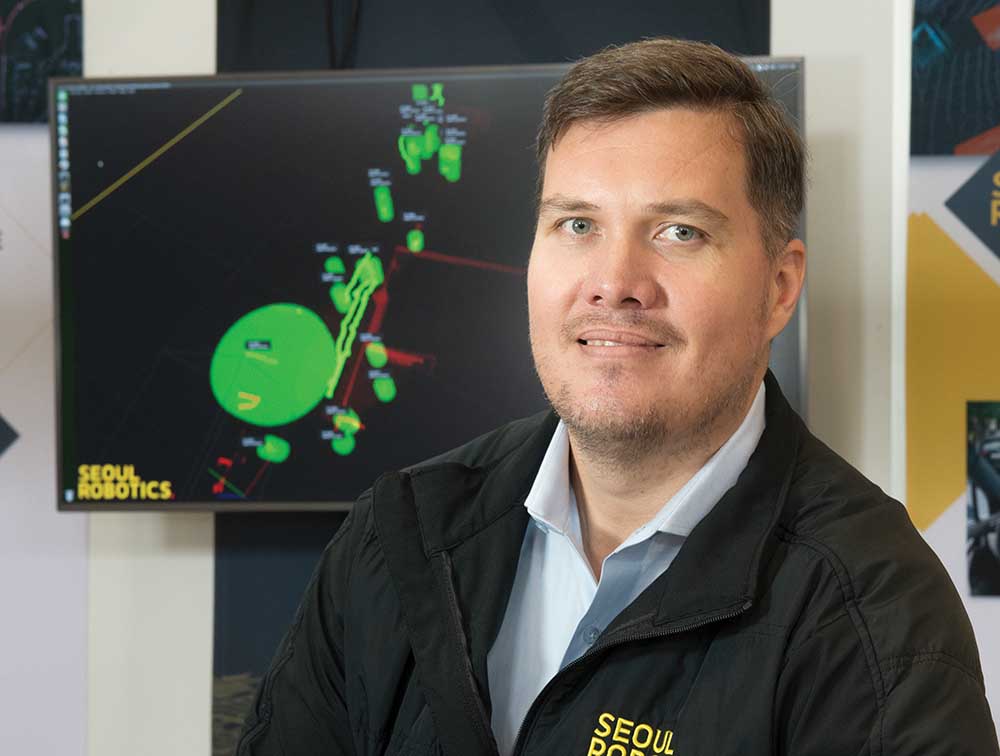
“With a vehicle, you can understand its speed and its steering limitations. But people…we can stop, we can turn on a dime, we can change our mind,” said William Muller, vice-president business development at Seoul Robotics.
With that in mind, the company is combining its 3-D perception software with Lidar to help gain a more accurate classification of objects in a roadway. “We’re using Lidar as the sensing technology, but without the 3-D perception software it’s just like a camera, so it doesn’t have much value,” he explained.
Classifying and detecting the movements of objects in a roadway is particularly problematical in urban areas, where there is increased need to understand the flow, movement and behaviour of vehicles, people and bicycles. Using 3-D perception software brings that much-needed accuracy.
The imminent arrival of autonomous vehicles on city streets makes the ability to look ahead even more important.
Data from Seoul Robotics’ products, which are being trialled in cities including Chattanooga and Michigan City in the US, will have the potential to be fed to autonomous vehicles and give them forewarning of pedestrians in the roadway, even though they may not be within the line of sight, so the vehicle can effectively see round corners and be aware of pedestrians crossing the road.
Several of the pilot schemes are at an advanced stage and scaling them up will be the next step.
Stand 05.466



